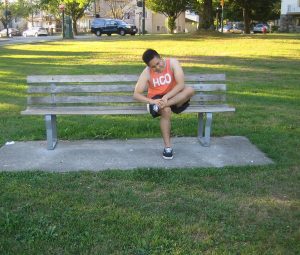A bone bruise or bleeding within a bone involves damage to the bone marrow. This injury is usually due to trauma and might take several weeks or even months to completely heal, depending on the body part affected.
Treatment options such as application of cold and heat, elevation and activity modification can lessen the symptoms. The instructions of the doctor should be strictly followed to ensure that the bone bruise recuperates properly.
Ideal treatment options for a bone bruise
Adequate rest

Taking a break is often a component of the primary treatment for a bone bruise. This allows the body to produce new bone tissue without causing any stress to the damaged area since it can cause the bone to break.
Foot or leg injuries might necessitate crutches to lessen the weight placed on the damaged bone. A cast, brace or sling might be needed to allow the bone bruise in the upper extremity to rest. In some instances, the individual might be able to continue with physical activity or sport while using a splint or athletic trap as a support to the damaged area.
Pain relief
The application of cold and heat can lessen the discomfort by a bone bruise. An ice pack can be applied right after the injury to allow the pain and swelling to subside. Each application should last for 10-15 minutes every 3-4 hours. Cold therapy is ideally used for 2-3 days after the injury or until the swelling has settled.
Heat therapy can be used to lessen the pain and promote healing. A heat pack or hot water bottle can be applied at 15-20-minute sessions for 3-4 days. Make sure that a cloth or towel is placed between the skin to lower the risk for burns.
Swelling and inflammation
The doctor might instruct the individual to use non-steroidal anti-inflammatory drugs (NSAIDs) to lessen the inflammation and promote the healing of the bone bruise.
These medications can also help reduce the swelling and pain. If possible, raise the affected area above the level of the heart as often as needed throughout the day to allow the swelling to subside. An elastic wrap can be used to secure the ice pack which provides compression to lessen the swelling.
Activity modification
Once the bone bruise heals, the doctor will allow the individual to steadily return to normal activities. A physical therapist should be consulted so that the ideal exercises can be performed at every phase of healing.
The range of motion exercises are usually done first to lessen the stiffness as well as promote improved mobility. The strengthening exercises are started if the damaged bone has adequate strength to withstand resistance.
Quick Note / Disclaimer
The material posted on this page on a bone bruise is for learning and educational purposes only. To learn to recognize the signs, register for a first aid and CPR course with Ottawa First Aid.
